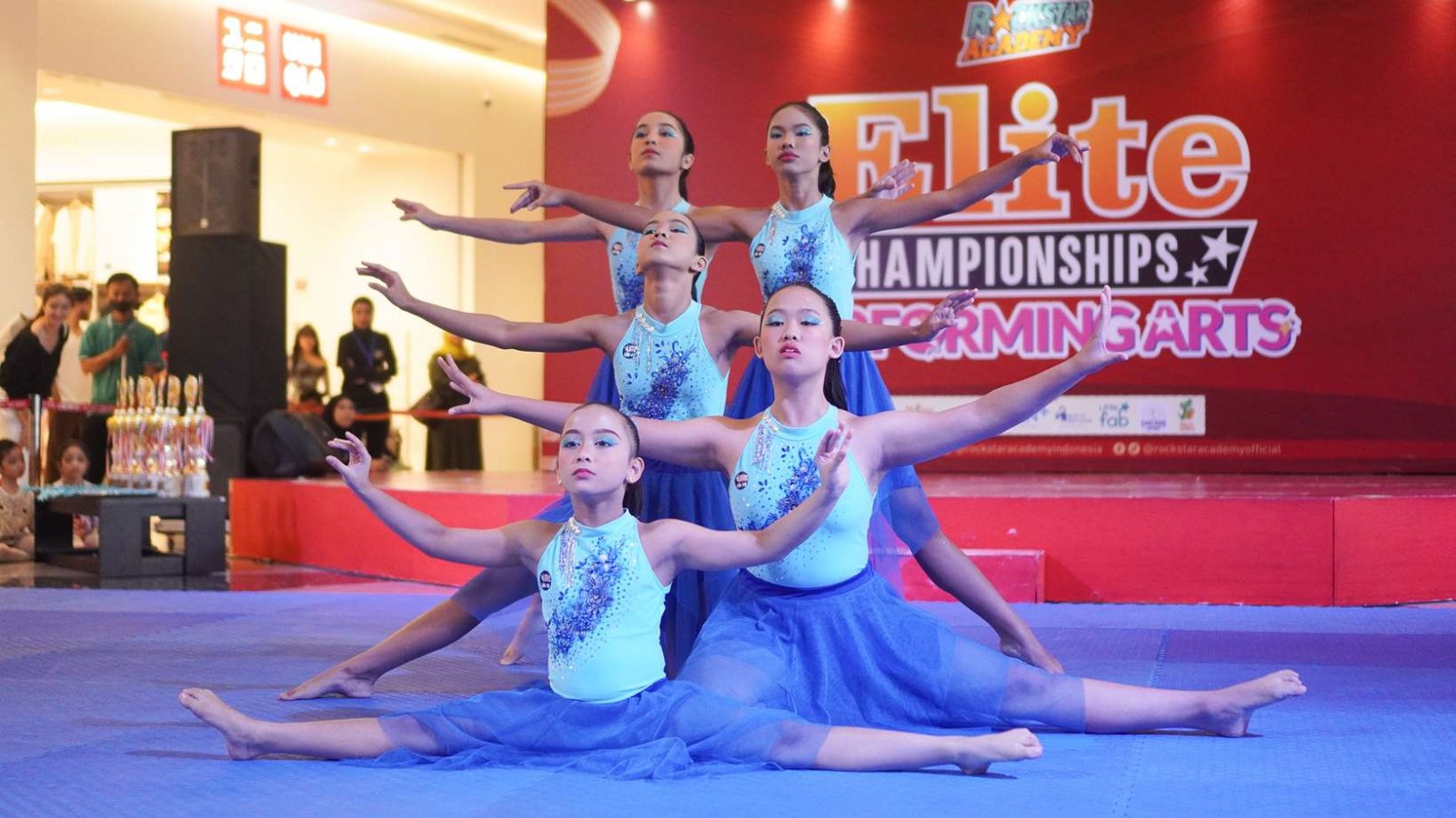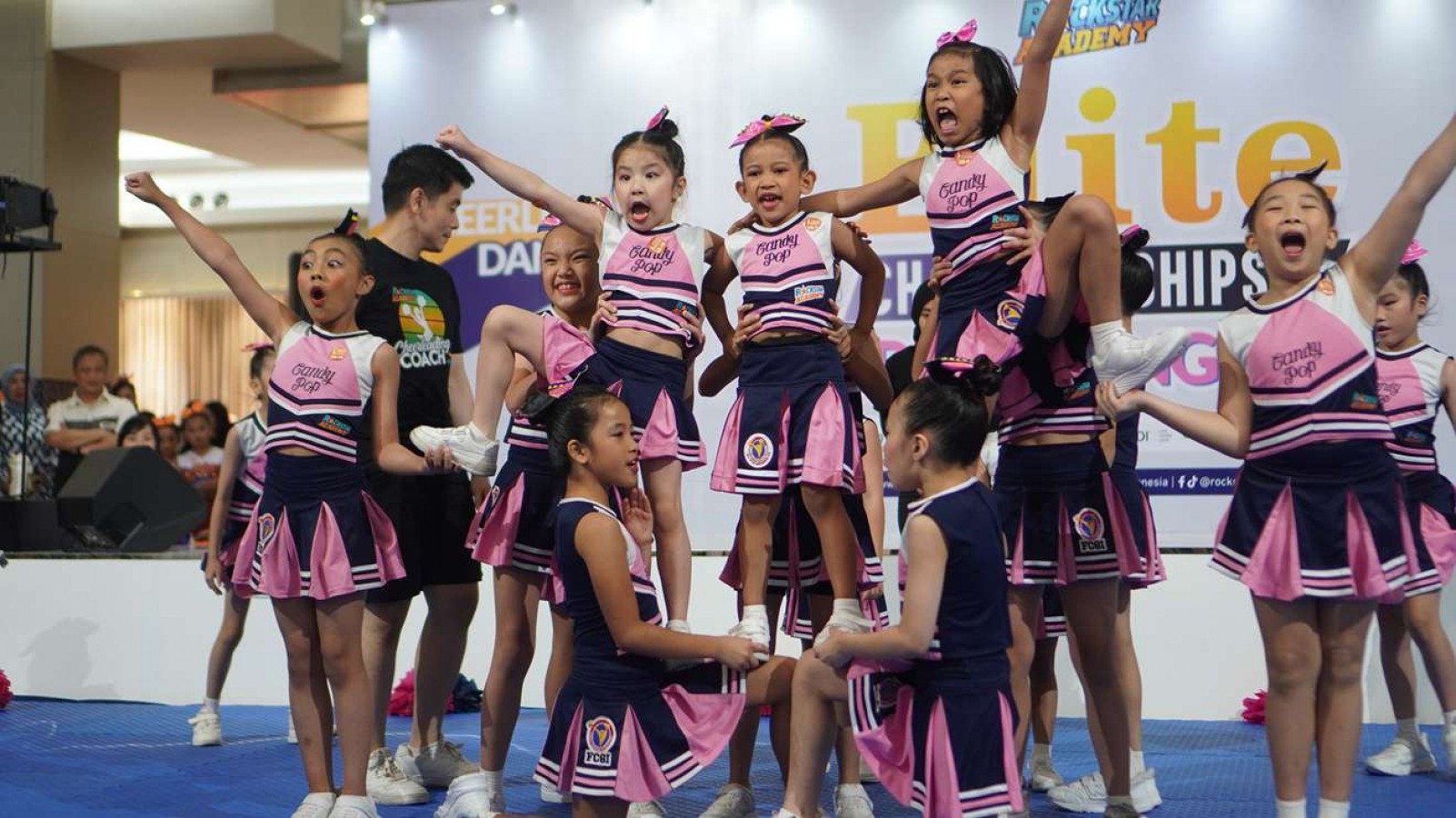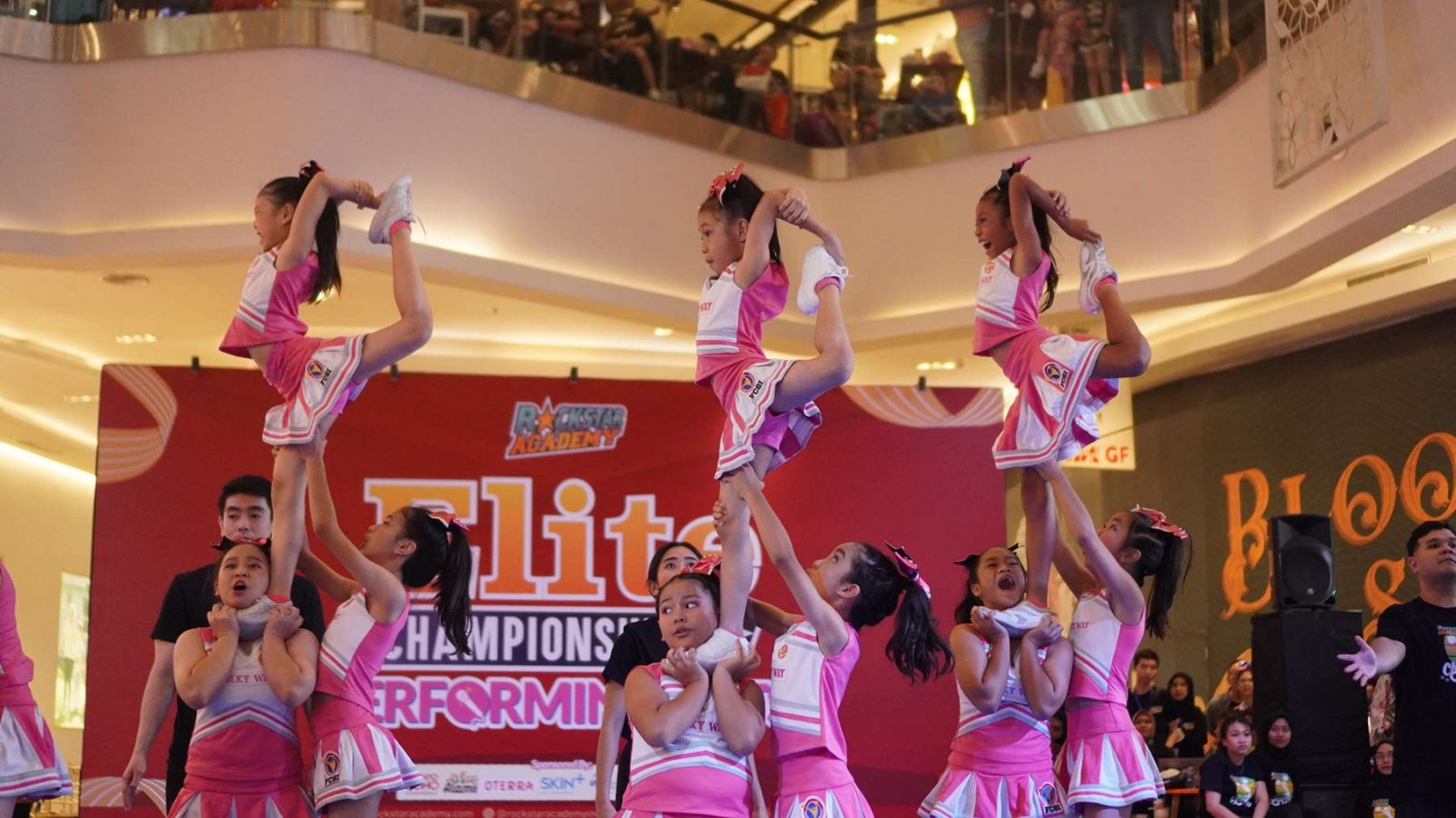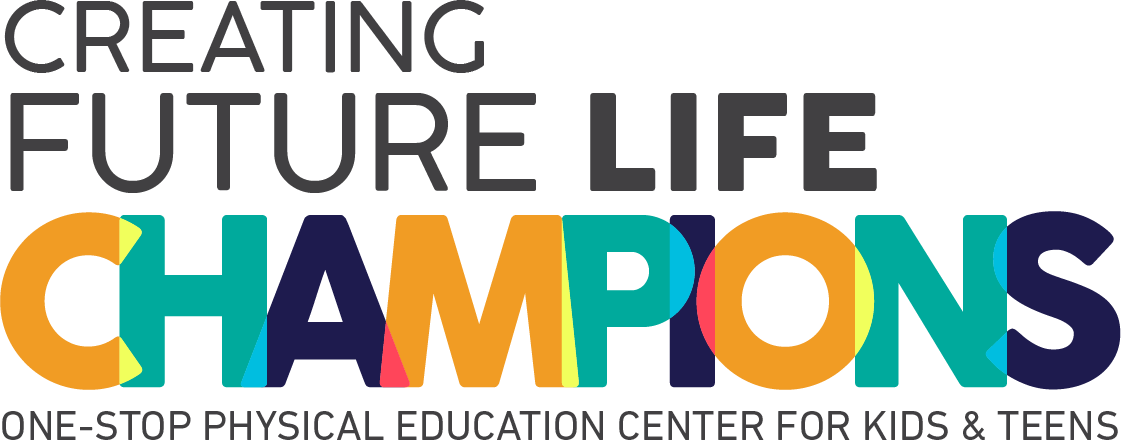A Comprehensive Look at the Sequence Dancing

If you love dancing in sync with others and moving to a pattern that flows beautifully with music, you’ll probably enjoy sequence dancing. This style of dance is all about performing a set sequence of steps in a specific order, usually in time with a rhythm or beat.
Sequence dancing combines structure with grace, making it perfect for both beginners and seasoned dancers. It’s about moving together as one, enjoying the rhythm, and having fun while doing it. Let’s learn it further here!
What Is Sequence Dancing?
Sequence dancing is a type of ballroom-style dance where everyone performs the same set of steps in a fixed sequence. That means the choreography is already planned, and all dancers move together in unison, following the same timing and rhythm.
It’s often danced in lines or circles, making it perfect for social events, parties, or even competitions. Unlike freestyle or improvisational dancing, sequence dancing follows a specific order of steps to music. That predictability makes it great for beginners, while still being challenging and satisfying for more experienced dancers.
Dance Styles and Rhythm in Sequence Dancing
When it comes to sequence dancing, one of the most exciting parts is exploring the different styles and rhythms that each type of dance brings. Let’s take a closer look at the three main categories:
1. Modern Sequence Dancing
This style features dances that were mostly developed during the 20th century, using familiar ballroom steps but arranged in a specific, repeated sequence. You’ll often see dances like the Quickstep, Tango, Foxtrot, and Waltz.
These styles focus on smooth, gliding dance moves and clear timing, making them a favorite among dancers who enjoy classic elegance with a bit of structured fun.
2. Latin-American Sequence Dancing
If you love energetic beats and bold movements, Latin sequence dances might be your thing. These dances borrow their flavor from Latin American, Cuban, and African roots.
Popular styles include the Rumba, Cha-Cha-Cha, Samba, and Jive. These sequences are vibrant and rhythm-heavy, bringing flair and excitement to the dance floor.
3. Classical Sequence Dancing
This style takes us back way to the 17th century and beyond. Classical sequence dancing reflects the ballroom styles of the past, with graceful and formal moves.
Dances like the Old Time Waltz, Saunter, Gavotte, and occasionally the Two Step or Mazurka, offer a glimpse into historical dance traditions. They tend to be slower and more poised, perfect for those who enjoy a more refined and traditional vibe.
The Core Principles of Classical Sequence Dancing
Classical Sequence Dancing is a beautiful and graceful form of ballroom dancing where every step follows a specific pattern set to music. What makes it special is how dancers move together in perfect harmony, combining elegance, precision, and rhythm. To truly master it, let’s break them down here:
1. Body Posture
Good posture is the foundation of all ballroom dance, and in sequence dancing, it’s absolutely key. Imagine standing tall, with your spine straight, shoulders relaxed, and head held high. This posture not only looks elegant but also helps you balance better and move smoothly with your partner.
For leaders, a strong upright posture gives confidence and control, while followers need a soft yet firm frame to stay connected. Good posture powers everything else!
2. Footwork
In Classical Sequence Dancing, your feet do the storytelling. Every step must be clean, precise, and in sync with your partner. You’ll often hear instructors emphasize heel leads for forward steps and toe leads for backward steps. These tiny details make a huge difference in how polished your dancing looks. Practicing good footwork ensures you glide rather than stomp across the floor, giving your movements that signature smooth, effortless flow.
3. Musicality and Timing
This is where dancing becomes art. Musicality means feeling the rhythm of the music and letting it guide your movements. In sequence dancing, the routines are choreographed to match specific rhythms, so you need to be in perfect sync with the beat.
Timing is all about knowing when to step, while musicality is about understanding how to move to the music. Together, they turn steps into expression, making your dance come alive.
4. Techniques
Technique is what separates a good dancer from a great one. It covers everything from how you rise and fall in a waltz to how you transfer your weight between steps. Each movement should be controlled, fluid, and purposeful.
In Classical Sequence Dancing, learning proper technique helps maintain consistency. Because every couple on the dance floor performs the same routine, your precision really matters!
5. Floorcraft
Floorcraft is like dance etiquette and it’s how dancers navigate the dance floor safely and gracefully. Even though sequence dancing follows set patterns, the floor can still get crowded. Good floorcraft means being aware of your surroundings, keeping a safe distance from other couples, and adjusting slightly if needed to avoid collisions. It’s all about sharing the space respectfully while keeping your flow intact.
6. Alignment
Alignment refers to the direction your body and feet face as you move. In Classical Sequence Dancing, correct alignment ensures that you and your partner travel in the right direction and maintain good balance.
For example, your shoulders should stay parallel to your partner’s, and your steps should move along the line of dance (the counterclockwise path around the dance floor). Maintaining proper alignment helps your movement look unified and harmonious.
Modern vs Popular Sequence
When we talk about Modern vs Popular Sequence in dancing, the difference comes down to creativity vs tradition. Modern Sequence is more dynamic and innovative. It’s backed by the British Dance Council, where professional dancers compete in inventive competitions with their own choreographed routines.
The winning dances are then taught to dancers worldwide. These routines change regularly, with up to 40 new ones introduced each year, making it exciting for dancers who love a challenge and want to keep things fresh.
On the other hand, Popular Sequence is more relaxed and community-friendly. Dancers in this group prefer sticking to tried-and-true routines that are easy to learn and enjoyable to dance. It often mixes with ballroom and Latin styles to create what’s called a "50/50 dance."
Sometimes, Modern Sequence routines that are simple and catchy enough might cross over into the Popular Sequence world. This shows that even tradition can evolve a little over time.
Benefits of Sequence Dancing
Sequence dancing isn’t just about the steps; it’s about the experience, the connections, and the benefits that come with it. Here are some of the key benefits of sequence dancing:
1. It’s a Great Way To Socialise and Meet Like-Minded People
Sequence dancing brings together people with a shared love for movement and rhythm.
It’s an excellent way to meet new people, make friends, and build a sense of community. Plus, dancing in a group or with a partner naturally fosters social interaction.
2. There’s Always a Fun and Friendly Atmosphere
Sequence dance classes and events are typically filled with upbeat energy and positivity. Everyone is there to have fun, which makes it a welcoming and supportive environment for dancers of all levels.
3. It’s a Great Hobby To Keep You Fit
Sequence dancing is a fantastic form of exercise. It involves a mix of movement that gets your heart rate up, improves endurance, and tones muscles. It’s a fun way to stay active without feeling like you’re working out.
4. It’s Good For Improving Your Coordination And Memory
Dancing requires you to remember steps and sequences, which helps sharpen your memory. Plus, coordinating your movements to the rhythm of the music improves your overall coordination and balance.
5. It Gets You Out of The House and It’s an Amazing Way To Release Tension
Sequence dancing gets you moving, which naturally relieves stress. Whether it’s after a long day or week, dancing allows you to clear your mind and focus on something enjoyable, helping to release built-up tension.
6. It Will Help Boost Your Self-Confidence
As you learn new routines and improve your skills, you’ll notice a boost in your confidence. Being able to express yourself through dance and master new steps can provide a great sense of accomplishment.
7. You Can Enjoy Listening To the Older, Tuneful Melodies
Sequence dancing often involves classic, catchy tunes from various eras. If you love the music from the past, this is a wonderful way to enjoy and appreciate these melodies while dancing to them.
Step Into the Rhythm With Confidence
Sequence dancing proves that you don’t need fancy flips or trendy moves to enjoy the joy of dance. It’s all about moving together, feeling the rhythm, and sharing the dance floor with others. You’ll find that it’s a rewarding and relaxing way to move your body and lift your mood.
Looking to enhance your dance skills? Rockstar Academy offers an amazing dance program that’s perfect for any beginners or experienced dancers.
You'll get to learn a variety of dance moves that will help you build your technique, coordination, and confidence. Plus, at Rockstar Academy, we focus not only on improving your skills but also on preparing you for exciting participations like Dance Recital, RockOlympics and Elite Championships, where you can showcase your talent.
Join us at the best Sports & Performing Arts Academy and experience the fun and energy of dancing in a supportive and encouraging environment. Sign up today for your free trial class and take the first step toward becoming the dancer you’ve always wanted to be!
FAQ
What is a sequence in a dance?
A sequence in dance refers to a series of steps or movements that are performed in a specific order, often repeated throughout the dance.
What is a choreographic step sequence?
A choreographic step sequence is a planned arrangement of dance steps or movements, designed to be performed in a specific pattern or order as part of a routine.



